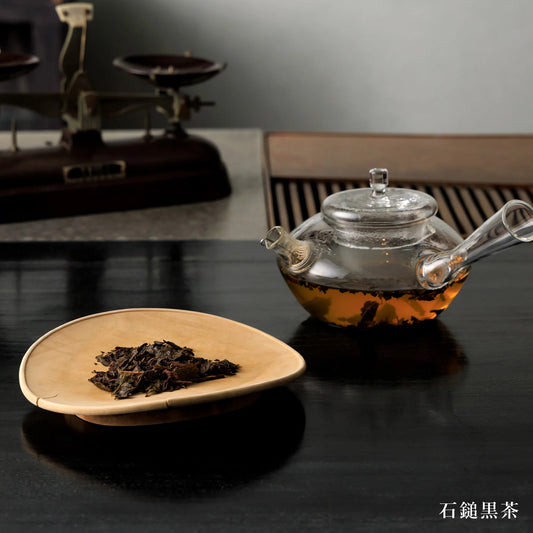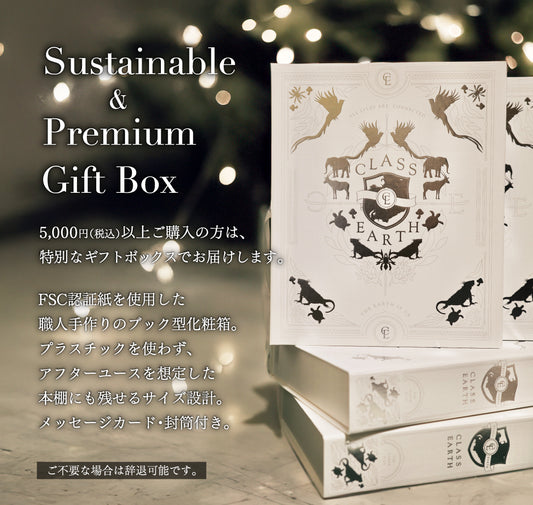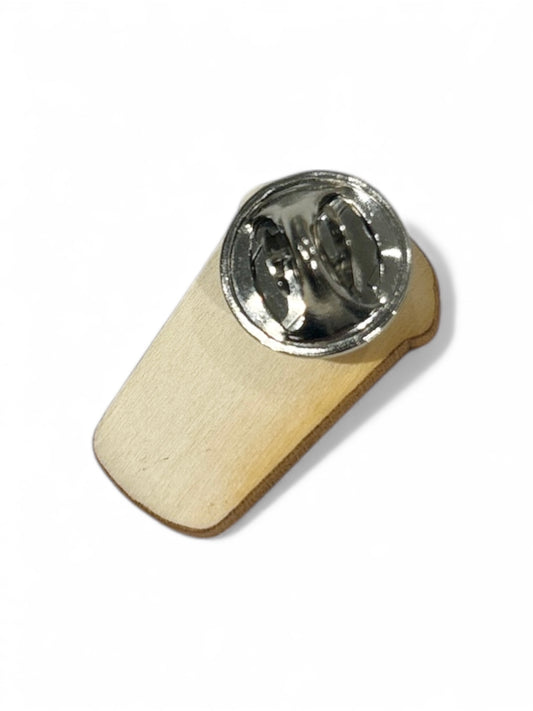
CLASS EARTH
Assortment of 3 types of endangered tea
Assortment of 3 types of endangered tea
100 yen will be donated to WWF Japan for each item
100 yen will be donated to WWF Japan for each item
For each product sold, 100 yen will be donated to WWF Japan.
WWF is an environmental conservation organization operating in over 100 countries, working to create a future in which people and nature can live in harmony.
https://www.wwf.or.jp/
Couldn't load pickup availability
Item Detail
Tea that is at risk of extinction due to a lack of successors in the production area or changes in the production environment is called "endangered tea."
We have created an assortment of three types of endangered teas, ``Kamairi Bancha'', ``Batabata Tea'', and ``Ishizuchi Black Tea'', wrapped in beautiful FSC-certified washi paper.
You can enjoy different rich flavors depending on the production area and manufacturing method.
Kamairi Bancha: Wakayama Prefecture
Batabata tea: Toyama Prefecture
Ishizuchi black tea: Ehime prefecture
*Please see the bottom of the page for details on each tea.
Endangered species provide us with an opportunity to change our behavior by understanding why the species is currently in danger.
In the same way, through endangered tea, we can learn about social issues in Japan's agriculture and think about solutions together.
Japanese tea, which has been passed down since ancient times, is deeply connected to the preservation of the "Satochi-satoyama" ecosystem that must be protected. It has also greatly contributed to the preservation of traditional culture.
In this day and age, where more and more households don't have a teapot, we would like more people to learn about the taste, charm, and culture of true Japanese tea.
Why not spend a luxurious time with beautiful and delicious tea and think about the need to pass on the nature and traditional culture of various parts of Japan to the future?
It is also recommended as a gift with such thoughts in mind.
- Tea leaf explanation and brewing instructions are included on the back of each package - The type of package art will be delivered randomly - Tea bags are not included *Organic cotton tea bags are also available (sold separately)
https://store.class-earth.com/products/et123101-01-01
<About delivery>
・Purchases of up to 2 items will be delivered by post.
・Shipping schedule: Shipped within 7 business days from the date of order
(It may take longer than usual during the year-end and New Year holidays and Golden Week)
・We do not accept requests for delivery dates.
Internal capacity
Internal capacity
About the bonsai illustration on the packaging
About the bonsai illustration on the packaging
The packaging for this contemporary bonsai art piece has been adopted as a symbol of sustainability. The bonsai art piece featured on the packaging is "Kengo Bonsai Gallery."
Bonsai can live beautifully for up to a thousand years with proper human care, and their value is recognized around the world.
This sustainable art, a testament to the coexistence of humans and nature, is imbued with the hope for the survival and prosperity of endangered tea species.
https://kengo-bonsai.com/
Sustainability
Sustainability
Package Size
Package Size
商品の製造者固有記号について
販売者 : SABOE株式会社
+ YM 株式会社山亜里製茶 静岡県御前崎市
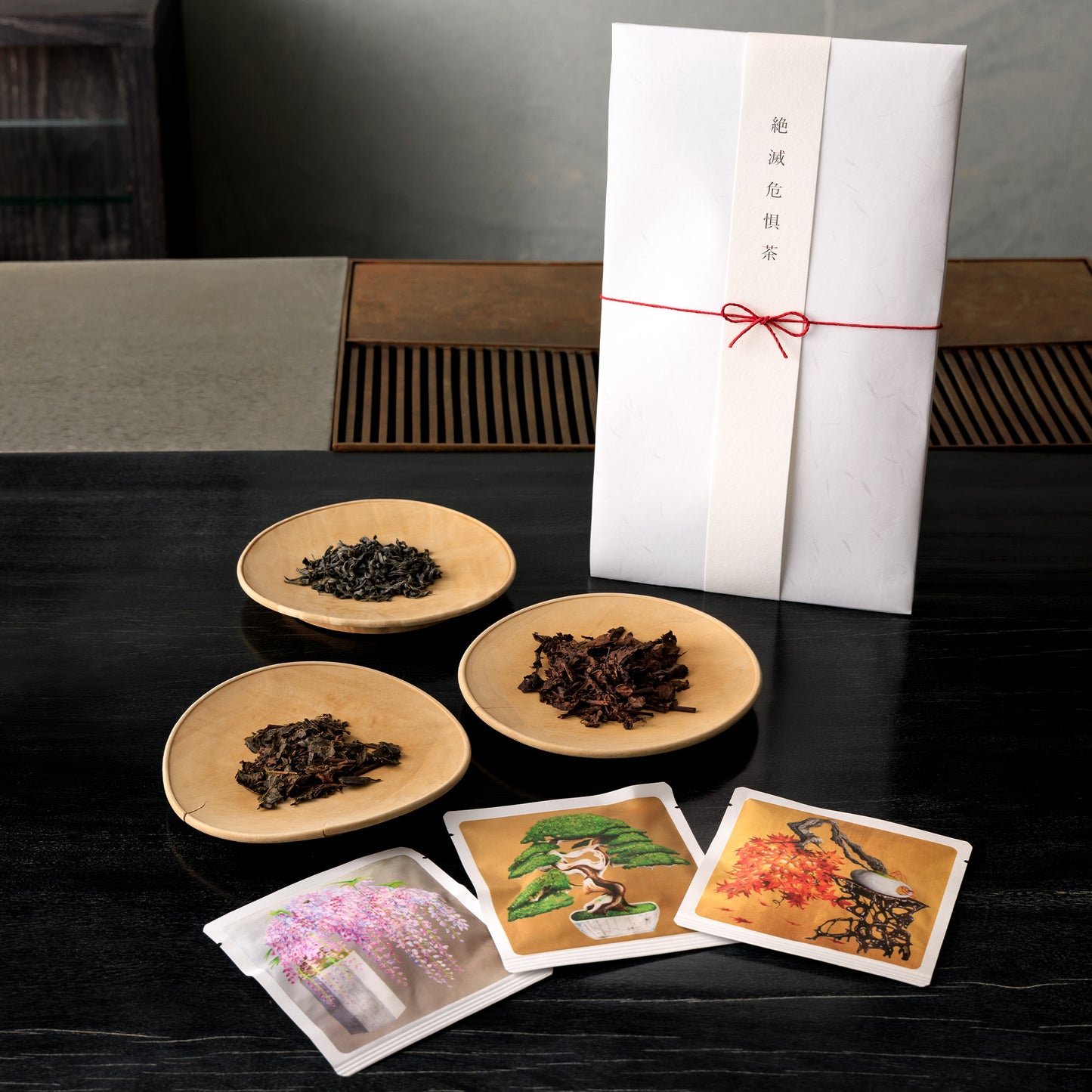
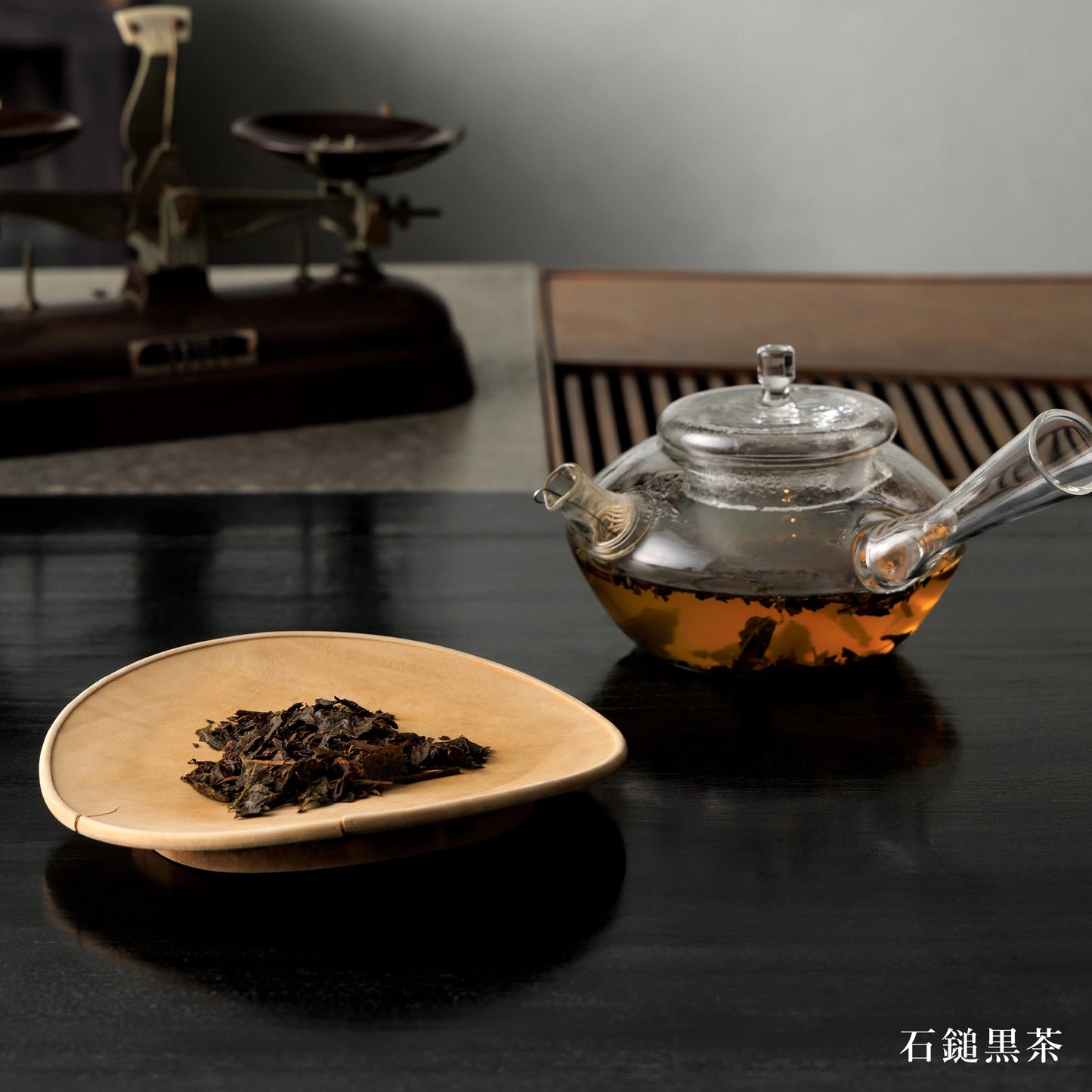
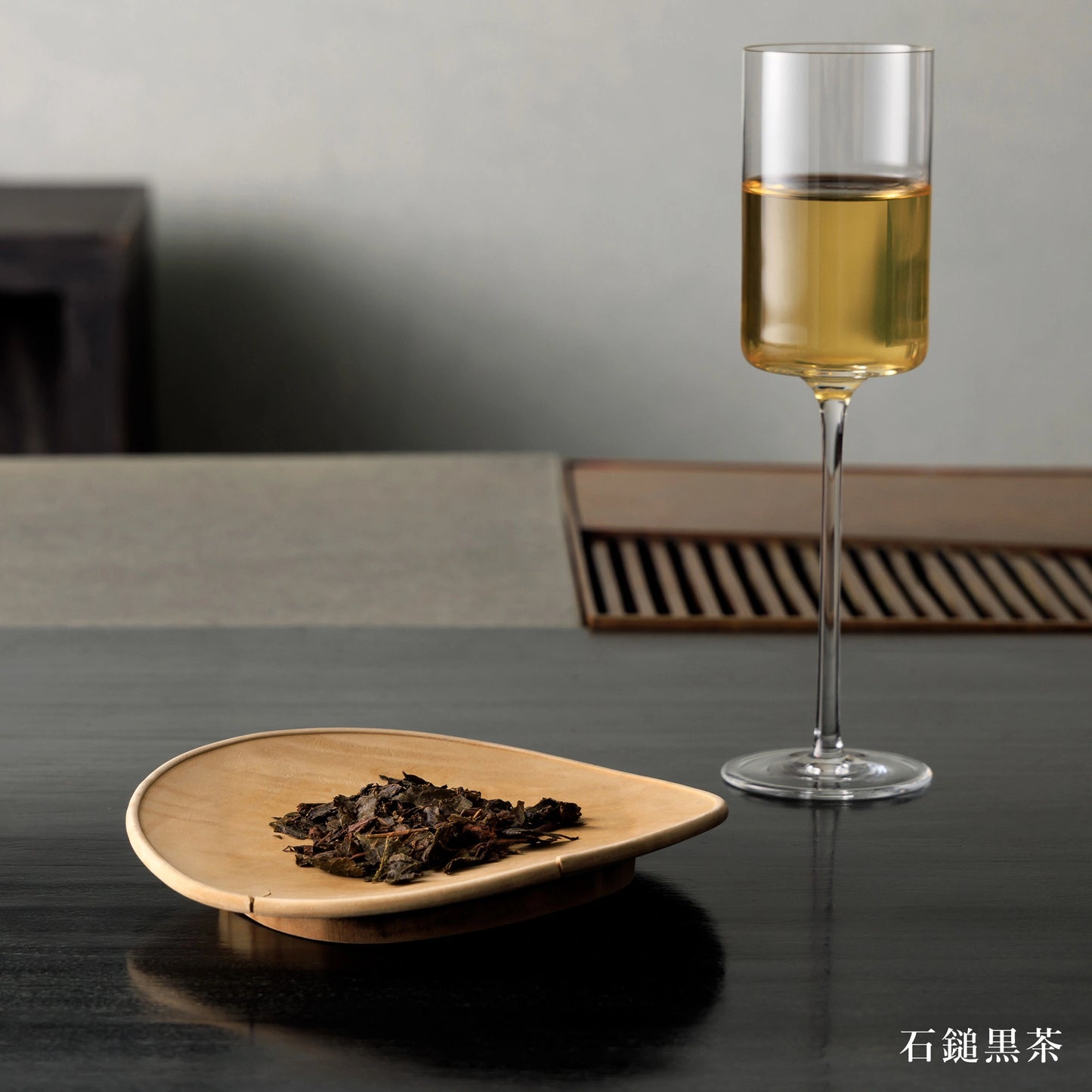
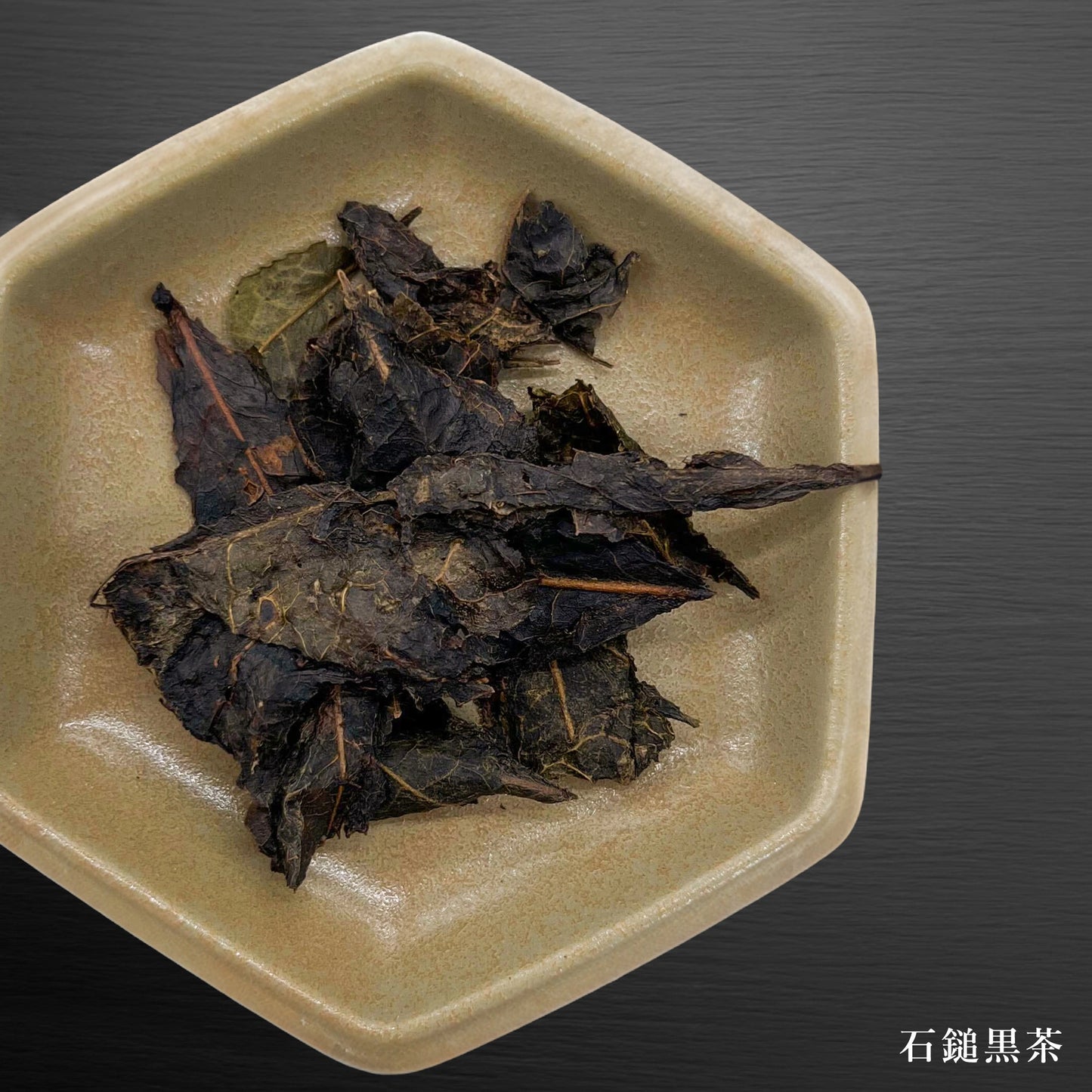
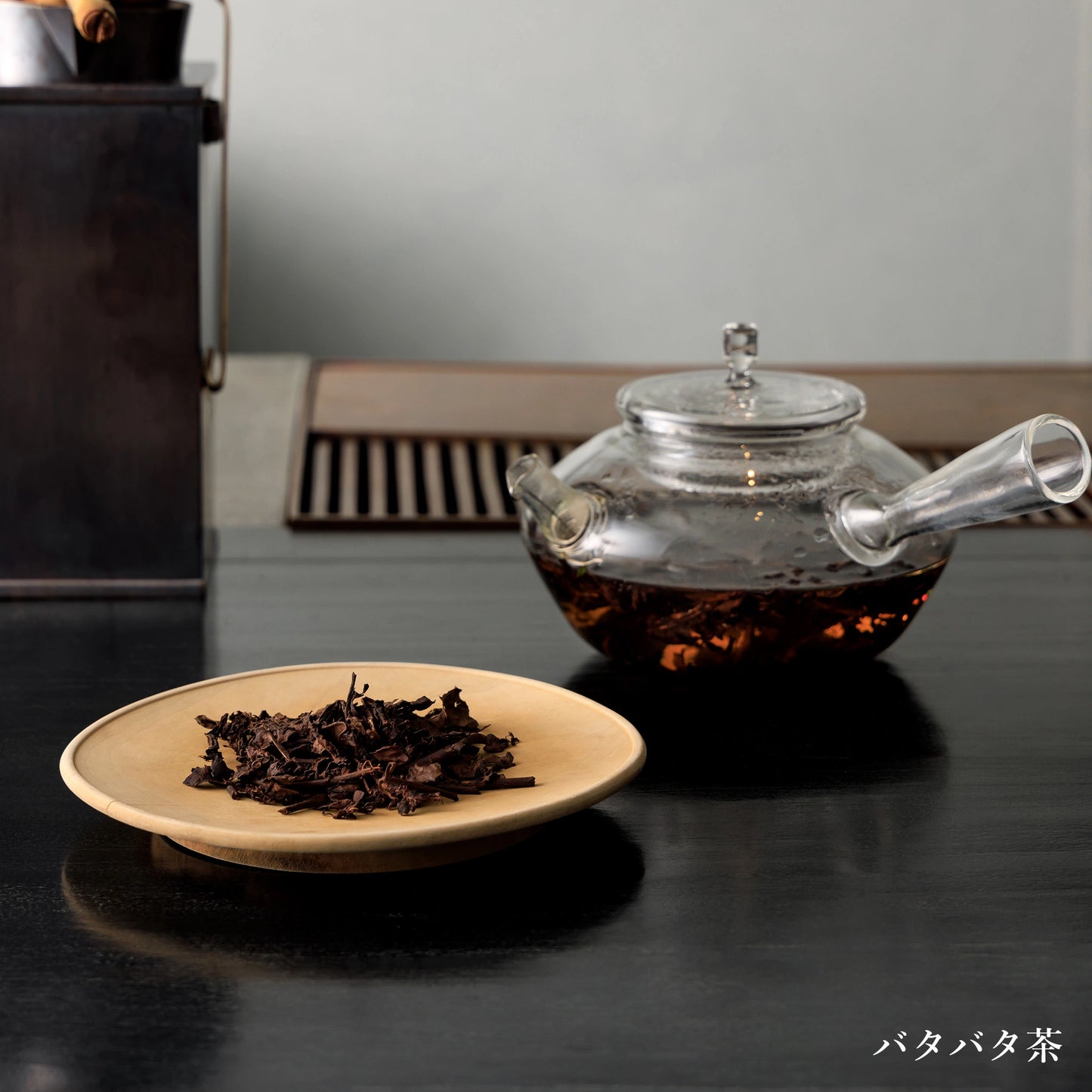
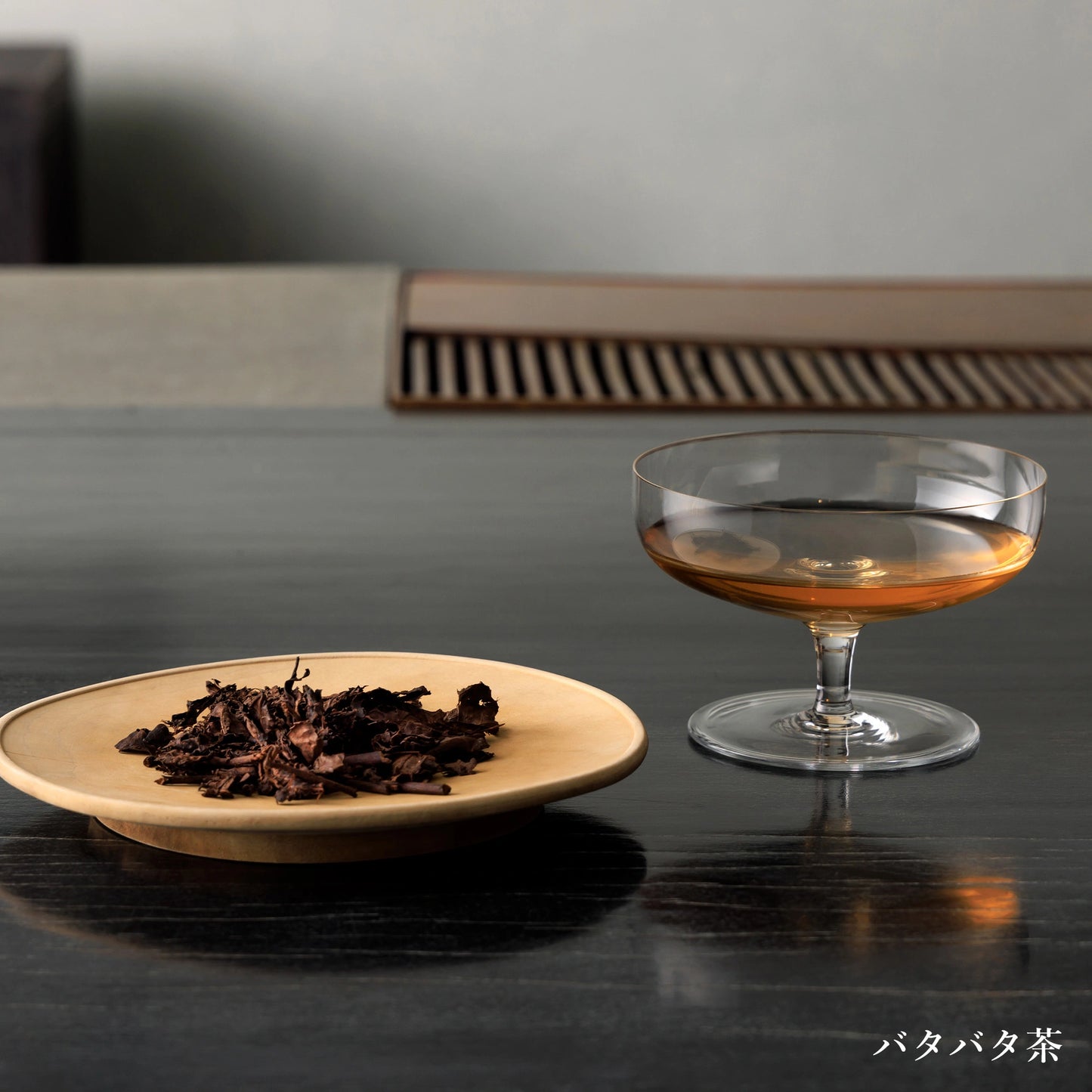
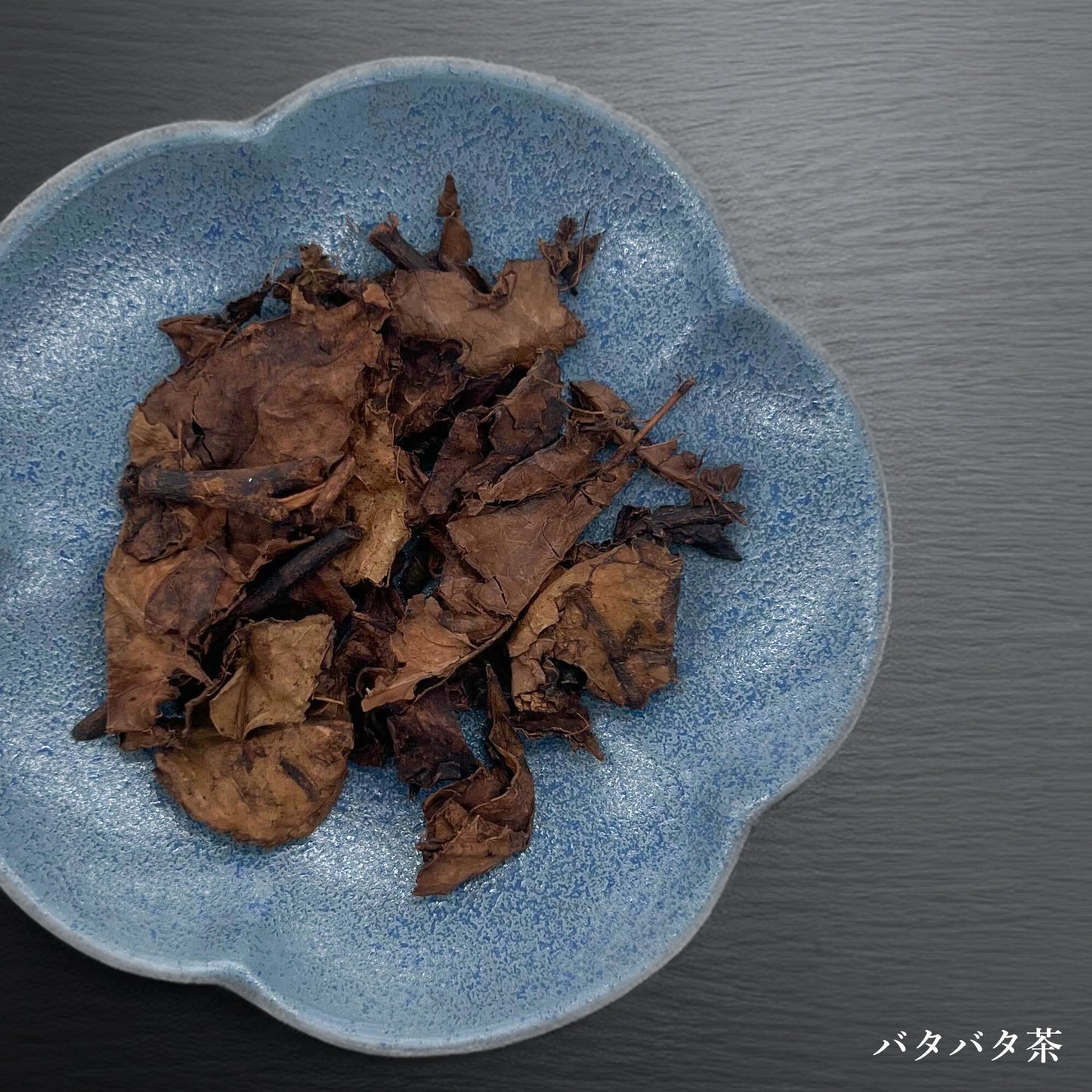
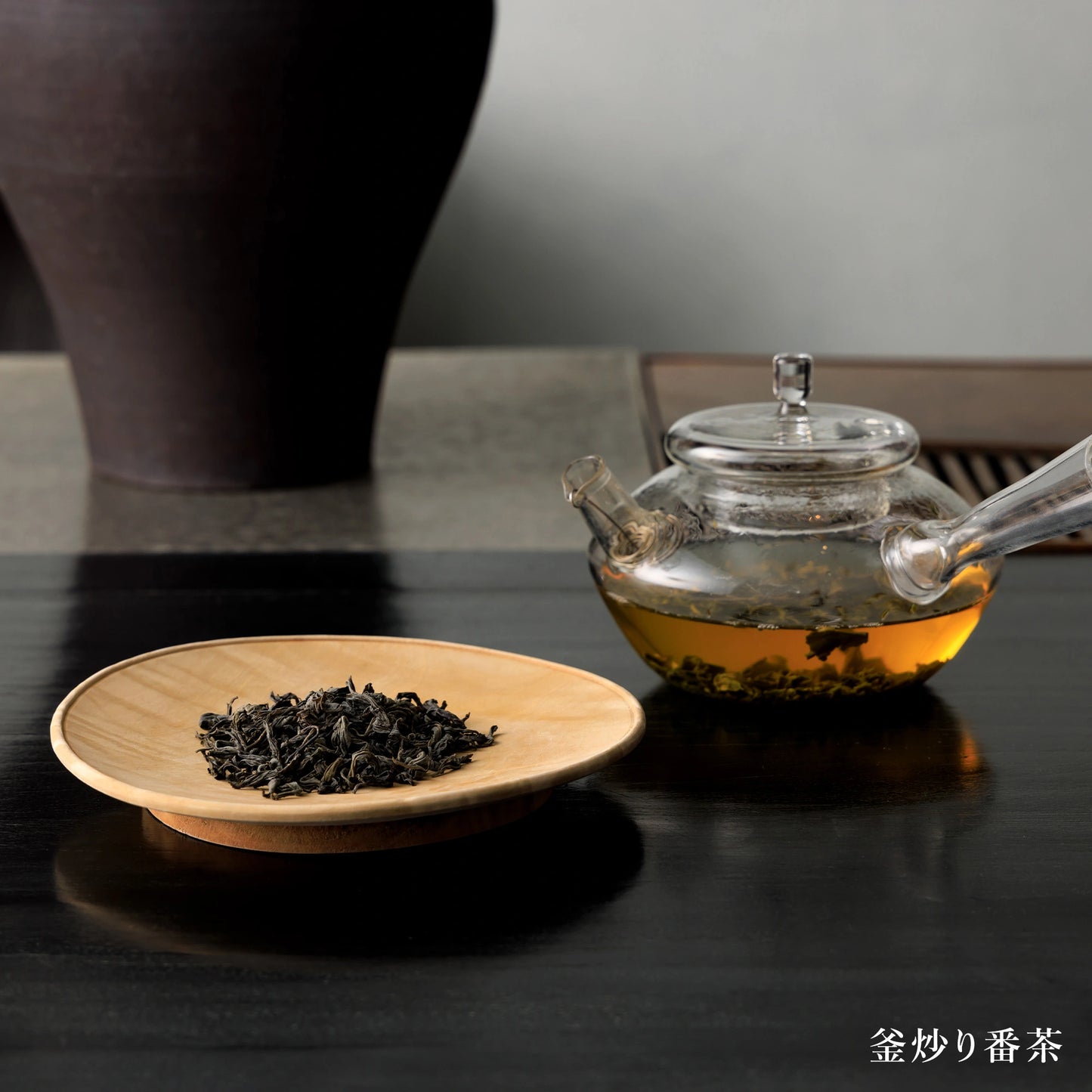
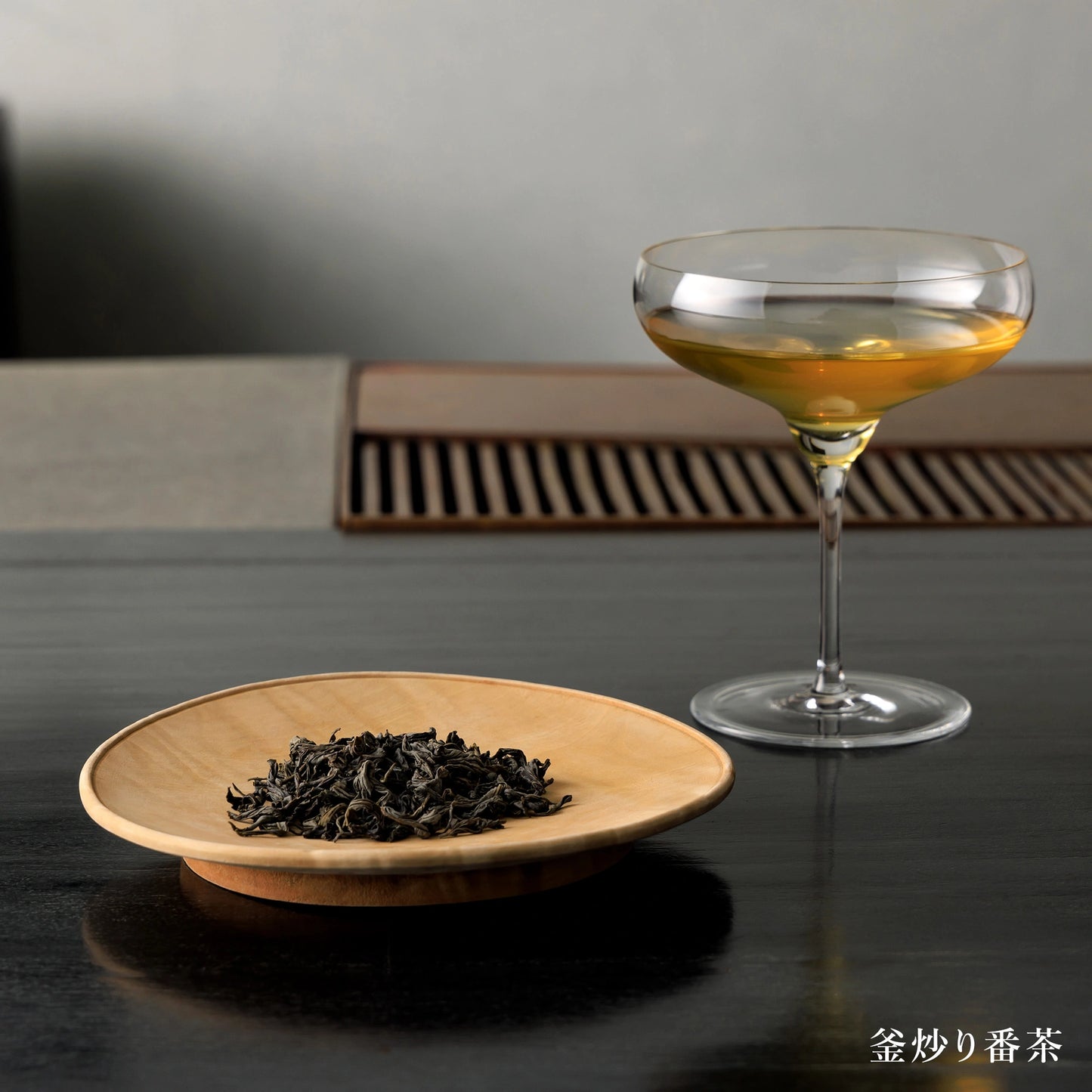
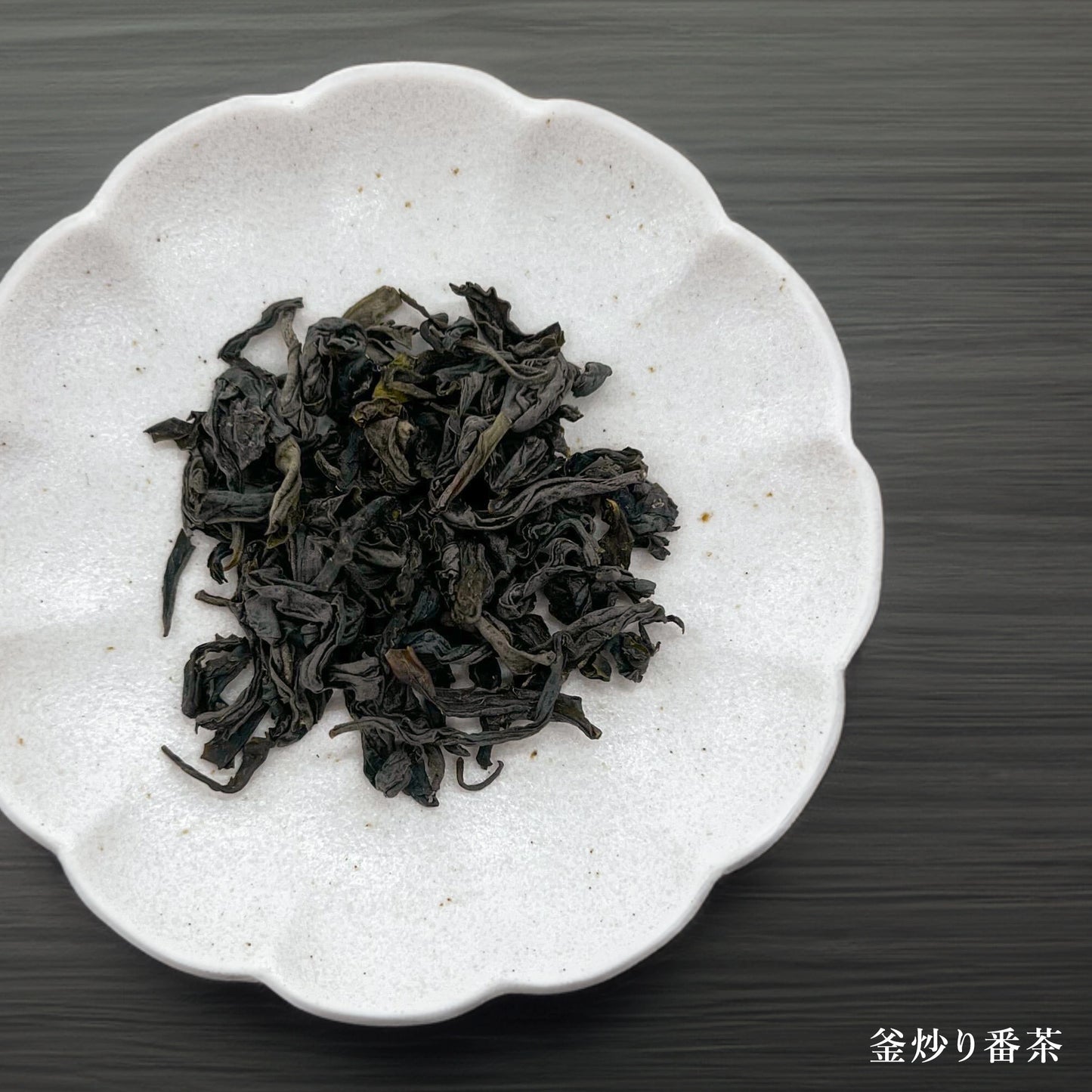
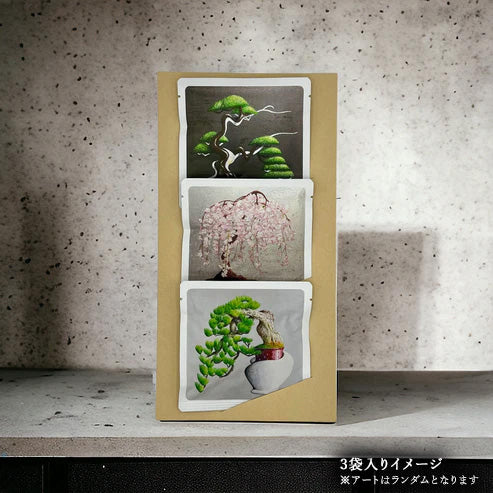
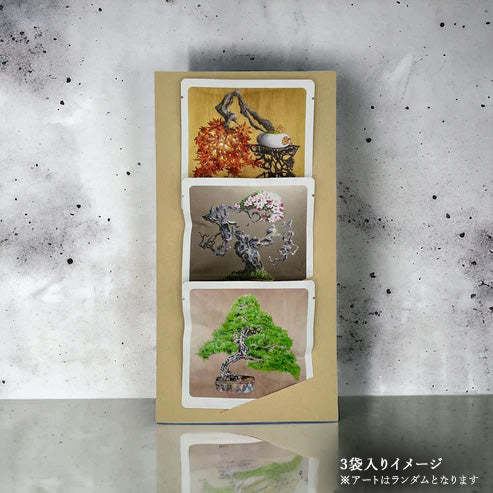
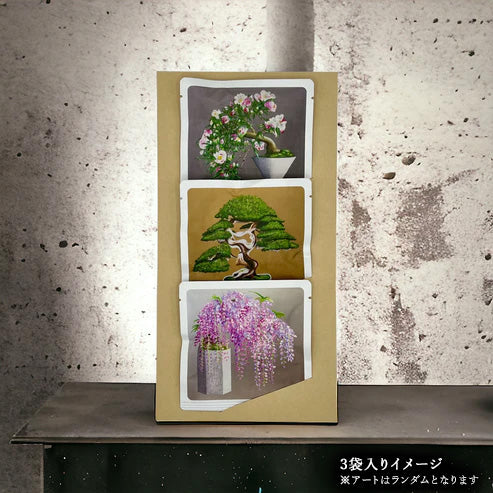
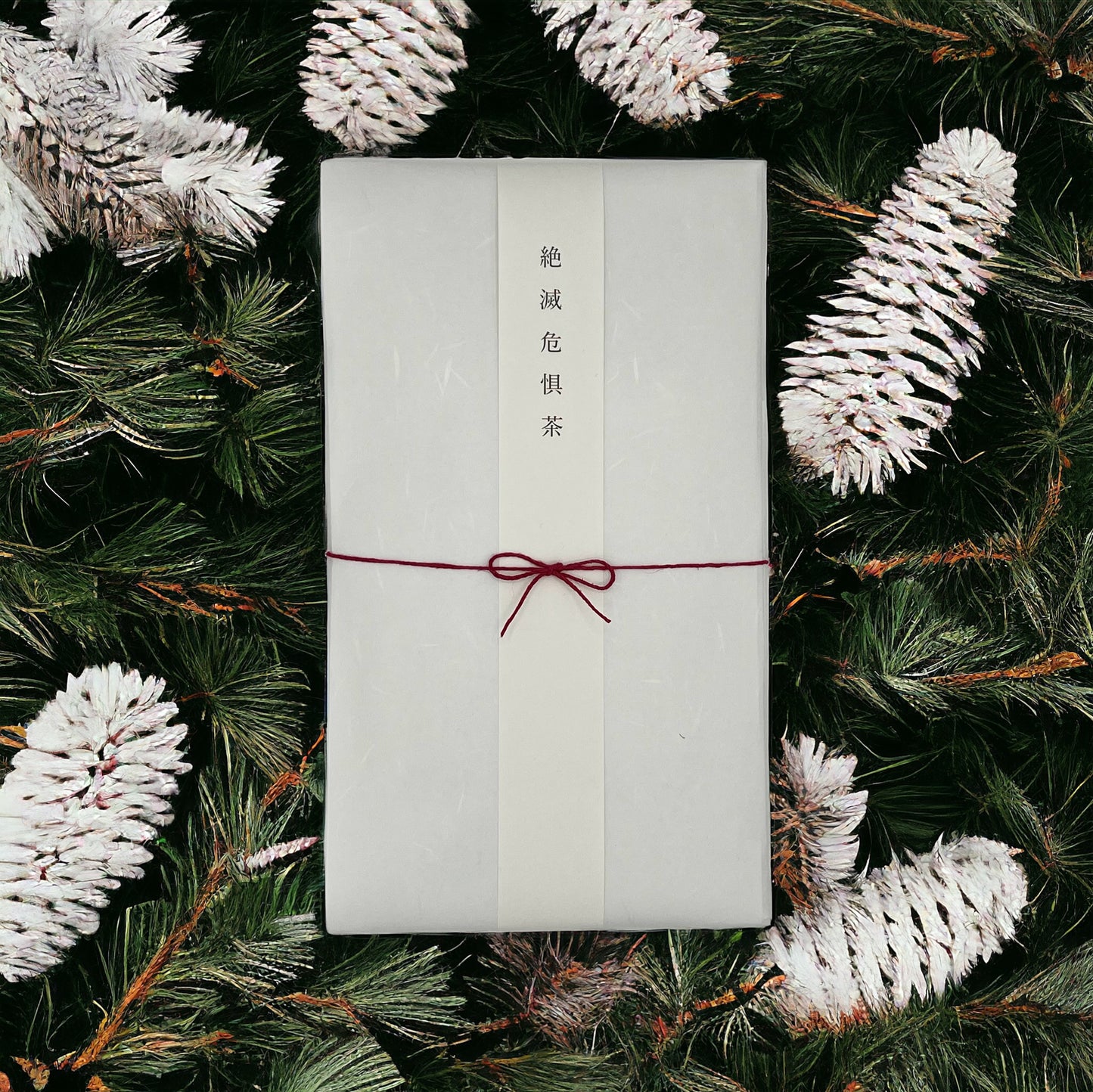
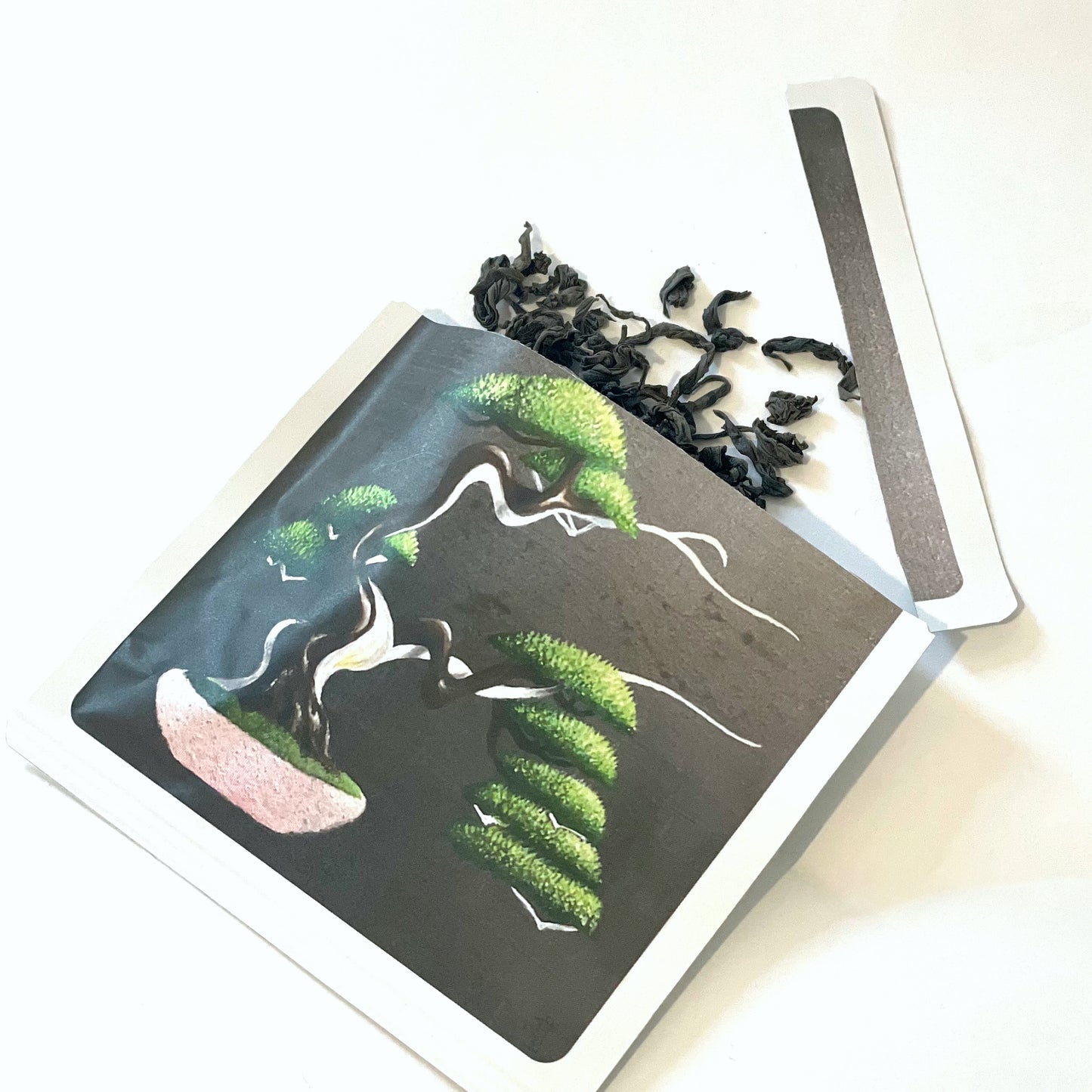
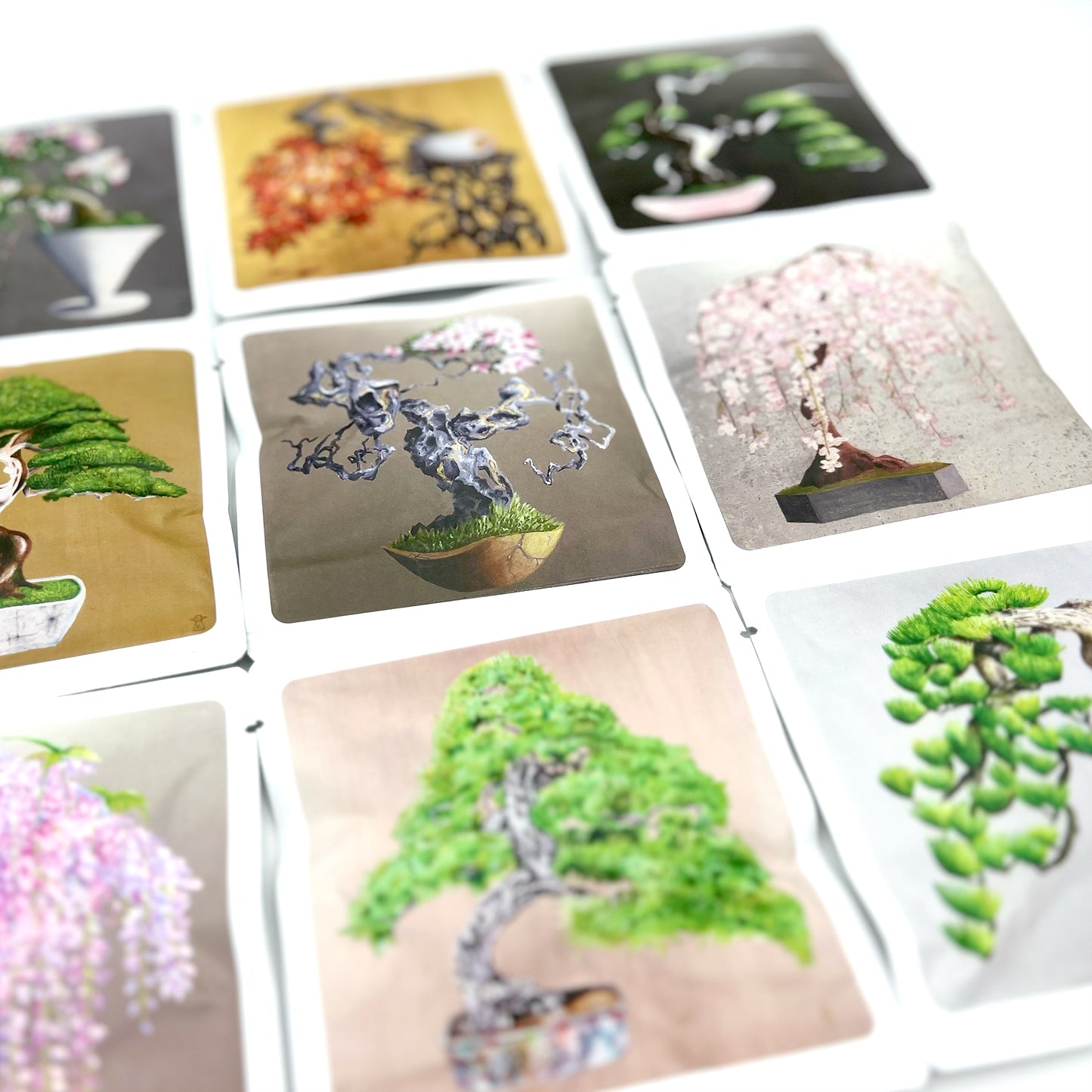

List of endangered tea products
-
Assortment of 3 types of endangered tea
Regular price 3,800 円(税込)Regular priceUnit price per -
Assortment of 3 types of endangered tea
Regular price From 3,500 円(税込)Regular priceUnit price per -
Assortment of 3 types of endangered tea [Bulk purchase of 10 pieces]
Regular price 30,000 円(税込)Regular priceUnit price per -
organic cotton tea bag
Regular price 300 円(税込)Regular priceUnit price per -
Endangered Tea Pin Badge
Regular price 1,000 円(税込)Regular priceUnit price per
About the three endangered teas
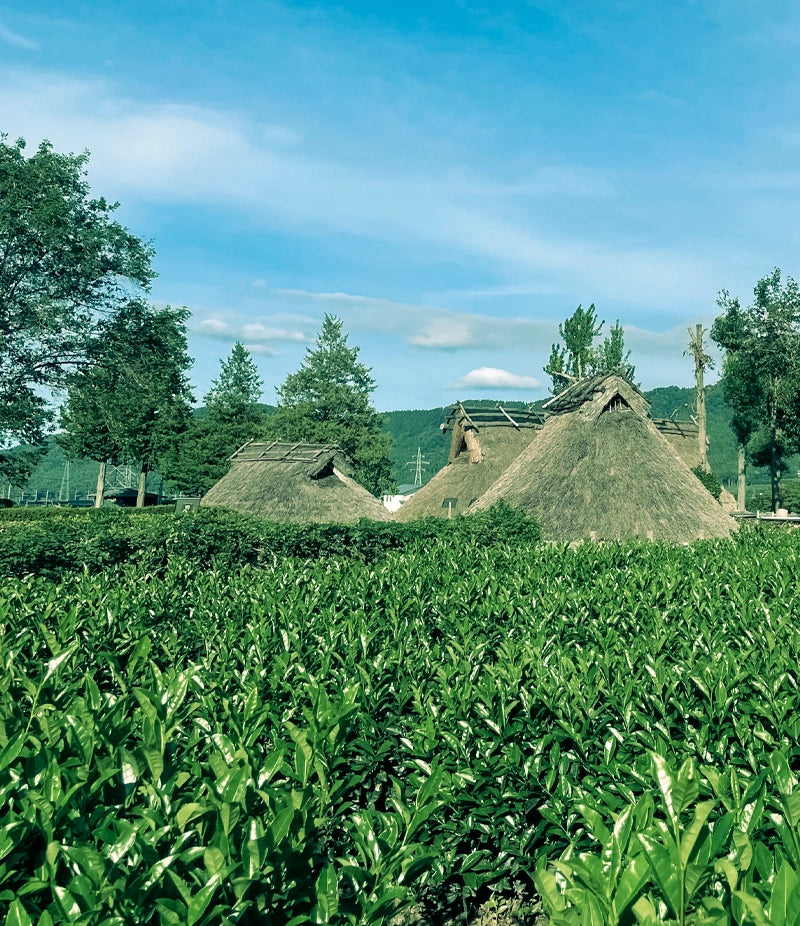
The relationship between Japanese tea and biodiversity
Japan's Satoyama are globally recognized for their high value in terms of ecological conservation, so much so that they are referred to by the word "SATOYAMA."
It is often thought that an untouched state is good for the environment, but when properly managed and grasslands that receive sunlight are maintained, satoyama become habitats for insects and small animals and create a diverse ecosystem.
Japan's tea fields are representative of this rich rural landscape and their value is being rediscovered, but the reality is that they are steadily declining.
Efforts to conserve tea fields can contribute to sustainable regional development while also conserving biodiversity.

Why is biodiversity important?
"Biodiversity" refers to the connections of life that sustain the entire Earth, including the diversity of ecosystems, species, and genes.
All living things are directly and indirectly connected to one another, and our lives are supported by biodiversity.
Loss of biodiversity has a negative impact on oceans, rivers and soil, which in turn leads to climate change.
The loss of biodiversity has caused major problems for human society, including food issues, disasters, and infectious diseases, and the restoration of biodiversity has become a global issue that must be addressed.
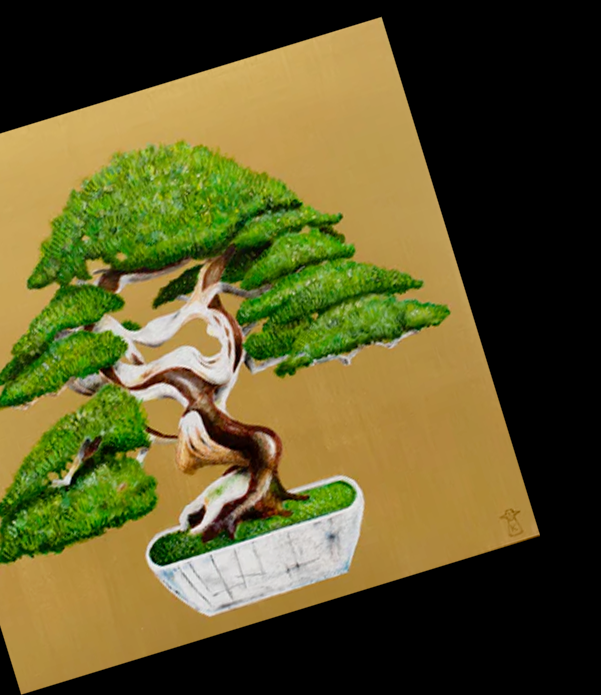
Bonsai as a symbol of sustainability
The packaging features bonsai art from "Kengo Bonsai Gallery."
Bonsai can live beautifully for up to a thousand years with proper human care, and their value is recognized around the world.
We have incorporated our hopes for the survival and prosperity of endangered tea species into this sustainable art, which is a testament to the coexistence of humans and nature.
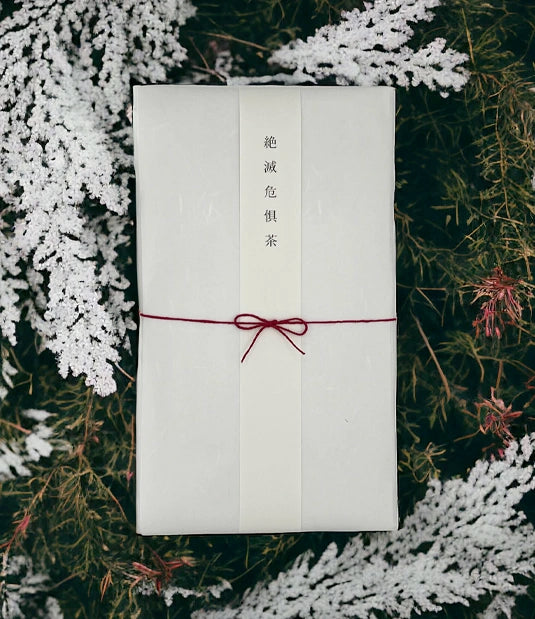
Shop
Available at:
Hotel Chinzanso Tokyo Shop "Selections"
https://hotel-chinzanso-tokyo.jp/
2-10-8 Sekiguchi, Bunkyo-ku, Tokyo
TEL: 03-3943-7613
Sales period: January 15, 2024 (Monday) - all year round
Esshikarya
https://www.ethical-ya.com/
3-9-5-1 Yukinoshita, Kamakura City, Kanagawa Prefecture
TEL: 0467-33-4135
Opening hours: Wednesday to Sunday / 11:00 to 17:00 Sales period: From Monday, January 15, 2024 to the whole year
ELEMINIST ONLINE SHOP
https://shop.eleminist.com/products/endangeredtea-fod
Sales period: January 15, 2024 (Monday) - all year round




















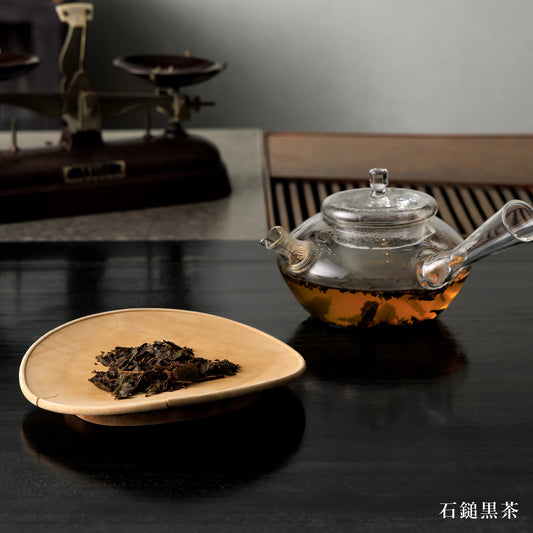

![Assortment of 3 types of endangered tea [Bulk purchase of 10 pieces]](http://store.class-earth.com/cdn/shop/files/10.jpg?v=1705298068&width=533)
